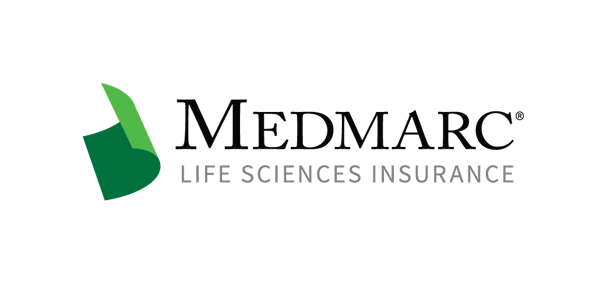Listing All Constituent Materials in Your Medical Device: The Future of Medical Device Labeling
On May 20, 2021, the FDA’s Center for Radiological Health (CDRH) issued a paper discussing labeling long-term medical devices to include all materials that will come in contact with human tissue. The paper, titled “Conveying Materials Information about Medical Devices to Patients and Healthcare Providers: Considerations for a Framework,” will have important implications for medical device manufacturers and distributors. “Long-term medical products” are those devices that stay inside a patient’s body for longer 30 days, such as breast implants, mechanical heart valves or stents, and catheters. These devices have contributed to safety concerns over the need to communicate the exact materials that makeup a medical product that may be implanted inside a patient’s body, and it is these types of concerns that have led to this proposed framework. The FDA is soliciting comments and suggestions from all interested stakeholders before August 18, 2021.
This newly issued document is not a draft guidance; however, it may signal increasing oversight and regulation of patient labeling for long-term medical devices. Traditionally, FDA requirements for device labeling relate to the name and place of business of the entity manufacturing the device (21 CFR § 801.1), the intended use of the product (21 CFR § 801.4), and adequate directions for its use (21 CFR § 801.5). However, the FDA is now proposing the inclusion of information regarding “toxicological risks,” such as impurities or residuals that can be found in the materials that compose the device. The labels, under the new proposed requirements, would also include information about any plant and bacterial sources used in the product, exact elemental names of ingredients, and the type of metal used in components. Importantly, this labeling is not only proposed for communicating information to healthcare providers, but it is also proposed that manufacturers must include labeling directed to the patient so that the patient can also identify all the materials that his or her body will come into contact with via the device.
The FDA believes that providing this information to both patients and healthcare providers, alike, will provide them with greater knowledge and enable them to make appropriate and well-informed decisions about the use of the device. Additionally, it will create more “transparency about materials in such devices…” In particular, the patient labeling requirements will bolster informed consent. They will better allow lay persons to identify what is being implanted in their bodies, so they can ask any pertinent questions and better understand any negative responses their bodies may produce as a result of the implant.
What manufacturers need to understand is that listing materials on a label does not equate to informed consent, and patients must still be warned by their healthcare providers of all risks associated with the use of devices. Additionally, these new labeling requirements will create a burden on the manufacturer to research the material science behind their chosen components to avoid design defect claims. They will also need to conduct testing on their constituent materials to avoid “toxicological risks.” Lastly, it is not specified whether constituent materials are raw materials or whether they are materials that have been through some level of processing. These complexities may allow plaintiff’s attorneys to use novel theories of liability related to incorrect labeling or mislabeling, exposing manufacturers to design defect claims. Regardless of the cause of action, these new labeling requirements may create confusion for manufacturers in executing these new rules and may result in increased adverse event reports.
For additional resources contact the Marketing department
Phone: 888-633-6272
Medmarc is a member of ProAssurance Group, a family of specialty liability insurance companies. The product material is for informational purposes only. In the event any of the information presented conflicts with the terms and conditions of any policy of insurance offered from ProAssurance, its subsidiaries, and its affiliates, the terms and conditions of the actual policy will apply.
Copyright © 2025 - Medmarc
